AI Tools for Requirements Gathering
Smart systems engineering is no longer just about building a model. In modern digital engineering environments, teams are expected to deliver...

Establishing effective requirements is the foundation of successful project management and product development. Requirements Management provides a shared understanding among stakeholders, ensuring that everyone is on the same page when it comes to expectations.
In this blog, we'll explore performing the art of requirements gathering for complex systems and products, step-by-step,.
Requirements gathering is the process of identifying, documenting, and managing the needs and expectations of stakeholders for a particular project or system. It is a critical phase in project management and systems engineering, as it lays the foundation for the design, development, and implementation of the project.
Below are 9 methods for requirements gathering:
The first step is to identify and engage all stakeholders. This includes project managers, end-users, subject matter experts, and anyone else who has a vested interest in the project's success.
Collecting everyone's ideas, perspectives, and goals from the very beginning helps to ensure that all different roles and their needs for the project are considered.
Check out our blog, “Stakeholder Roles in Requirements Management,” which details 9 requirements management stakeholder roles that allow for project success.
Once stakeholders are identified, schedule interviews to gather their goals and needs, which will create requirements. Prepare a list of open-ended questions that evoke detailed answers.
During these interviews, focus on understanding the needs, expectations, and concerns of each stakeholder. Make sure you pay attention to any potential conflicts that could arise.
Some example questions are:

In addition to one-on-one interviews, organize workshops or group sessions. Group interactions can encourage creative thinking and collaboration.
The opportunity for the project team to bounce ideas off one another could provide insight and ideas that would otherwise remain below the surface (or arise mid-project as an issue). Interactive techniques like brainstorming, mind mapping, agile methods, or affinity diagrams can be used to capture a wide range of ideas and requirements.
It can be difficult to track down these busy stakeholders, but that doesn't mean you should just skip out on learning more about their goals and needs. In this case, replace your direct interactions with stakeholders by sending them surveys or questionnaires.
This method can help gather quantitative data and insights for projects where stakeholders could outnumber you, be too busy, and/or work in geographically dispersed areas. Make sure your questions are clear, concise, and focused on specific aspects of the project that gather meaningful responses. Meaningful responses create meaningful requirements!
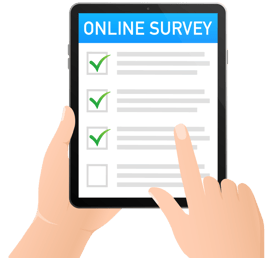
Review existing documentation related to the project, such as business plans, user manuals, or technical specifications. These documents provide valuable background information and uncover requirements that may have been overlooked. It also helps by identifying any potential conflicts or gaps in the gathered information.
The information in these documents serve as the very base of your work. It is extremely important to tackle these needs as the bare minimum and then to create your other requirements among stakeholders to go above and beyond.
Understand and document the current business processes related to the project. This involves mapping out workflows, identifying key decision points, and documenting how information flows within the organization.
Analyzing business processes identifies areas for improvement. There's no need to start from square one when you already have a template! Look at the old process through a new lens to critique and see how you can make it better.
Developing prototypes or mockups can be a powerful way to visualize requirements. This can be especially beneficial in software development or user interface design.
Prototypes allow stakeholders to interact with a tangible representation of the project, providing valuable feedback and refining requirements. This may not be possible in every project or industry, but it this is feasible, is can offer a whole new set of requirements that can improve and pick up the pace of the entire project.
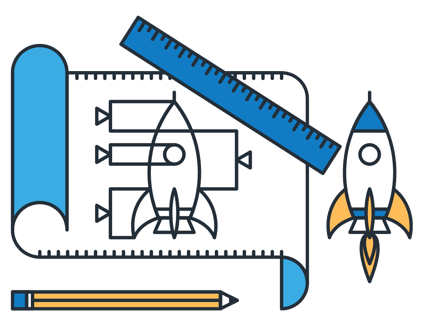
Not all requirements are created equal. Work with stakeholders to prioritize their needs and expectations. Establish a clear understanding of what is critical versus what is nice to have.
This prioritization helps in resource allocation and project planning. One stakeholder's 20th requirement may conflict with another stakeholder's most important requirement. Knowing prioritization will help you figure out how to juggle requirements.
Document the gathered requirements in a clear and consistent format. Include details such as a unique identifier, description, acceptance criteria, and any dependencies.
Once this is done, go back and validate the requirements with stakeholders to ensure accuracy and completeness. It's important to double-check with them in case something was lost in translation throughout this long process of gathering.
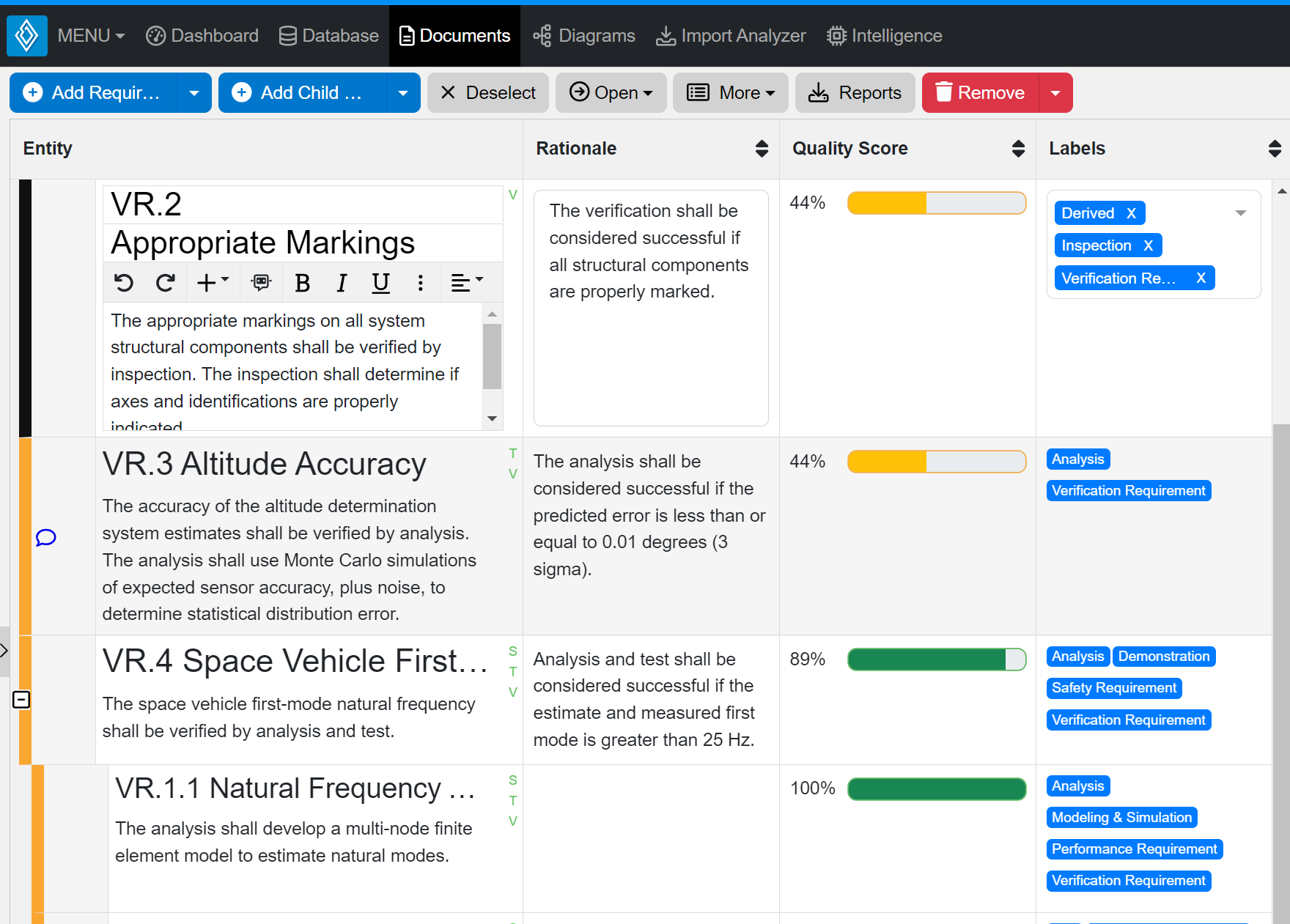
You can search for the best requirements management software tools for your team and organization using review sites such as G2 or Capterra. However, for this example let's see how to use Innoslate, a modern requirements management solution to store and manage requirements using the requirements gathering methods above. From the start of the gathering process, you can collect, organize, and store all project-related requirements in one location.
Related Article: 9 Features of a Great MBSE Tool
The platform provides collaborative workspaces where stakeholders can collectively contribute to the creation and refinement of requirements. This collaborative approach fosters real-time communication and collaboration among team members. Stakeholders can have access to the project and be a part of the entire lifecycle of the gathering process.
Innoslate documents requirements in various formats, including text, diagrams, and models. This flexibility accommodates different types of requirements and provides a comprehensive representation of project needs.
Starting the process in Innoslate allows you to easily progress in your project and see the late-stage benefits of performing requirement management in Innoslate. These benefits consist of:
Effective requirements gathering is an important process that involves collaboration, communication, and a deep understanding of stakeholder needs. By following these steps, you can navigate the complexities of requirements gathering with confidence, laying the foundation for a successful project that meets and exceeds expectations.
Have questions about model-based systems engineering or requirements management? Talk to an expert and see how Innoslate can streamline your projects from start to finish.
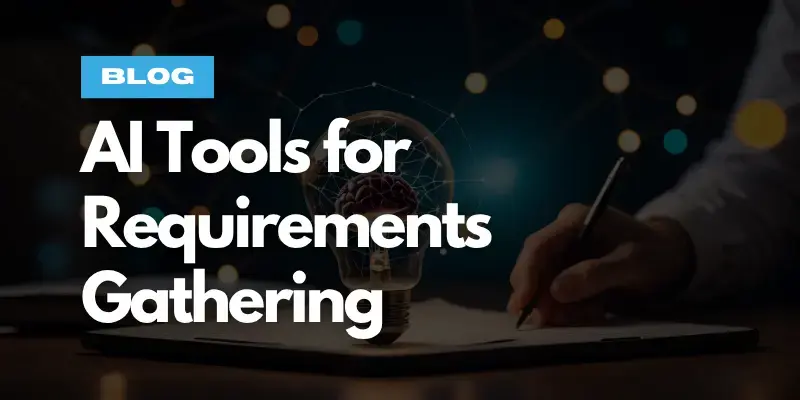
Smart systems engineering is no longer just about building a model. In modern digital engineering environments, teams are expected to deliver...
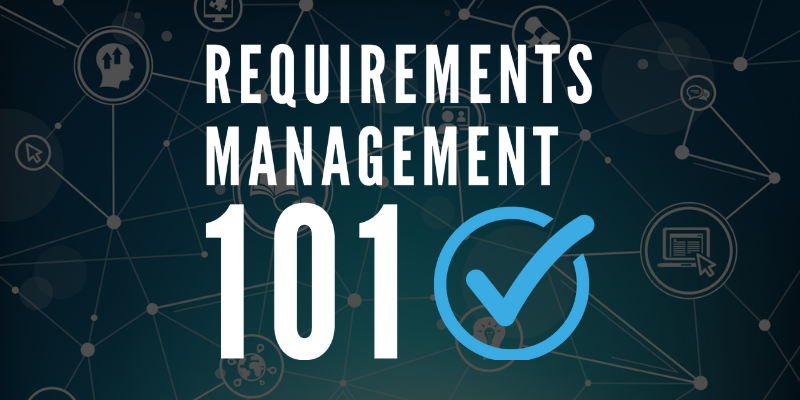
Would you rather watch instead? Visit the webinar recording!

Aligning requirements with stakeholder needs and expectations is a cornerstone of successful systems engineering. When done effectively, this process...